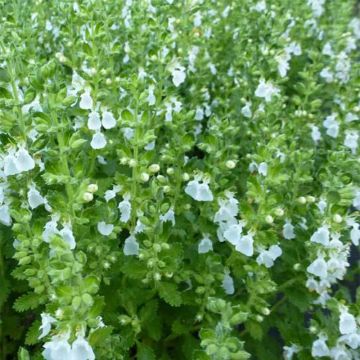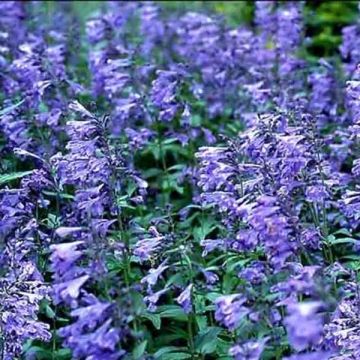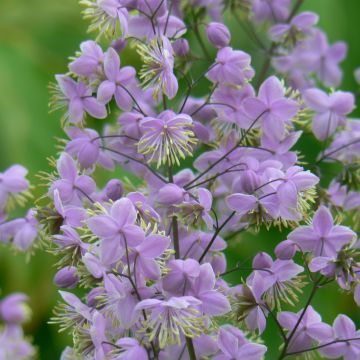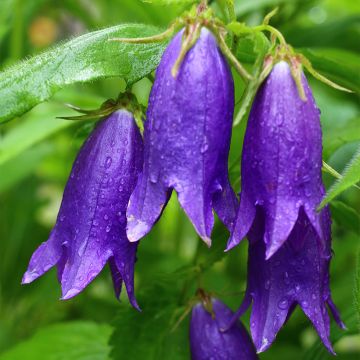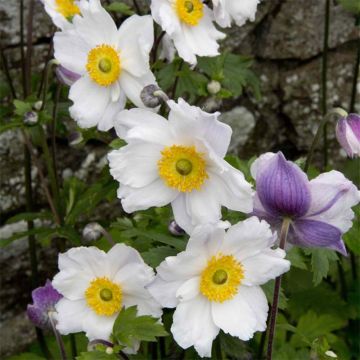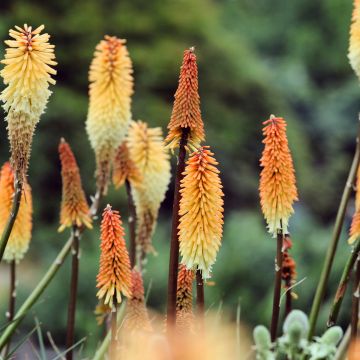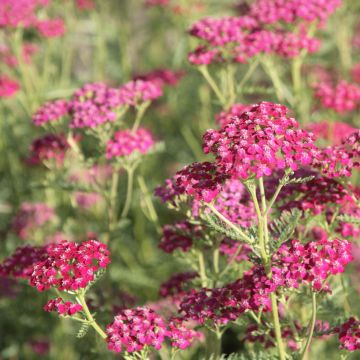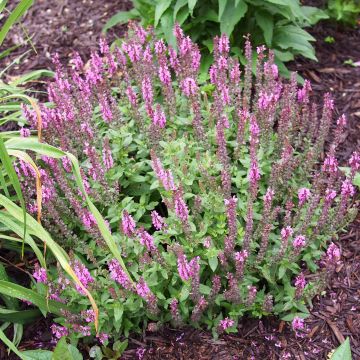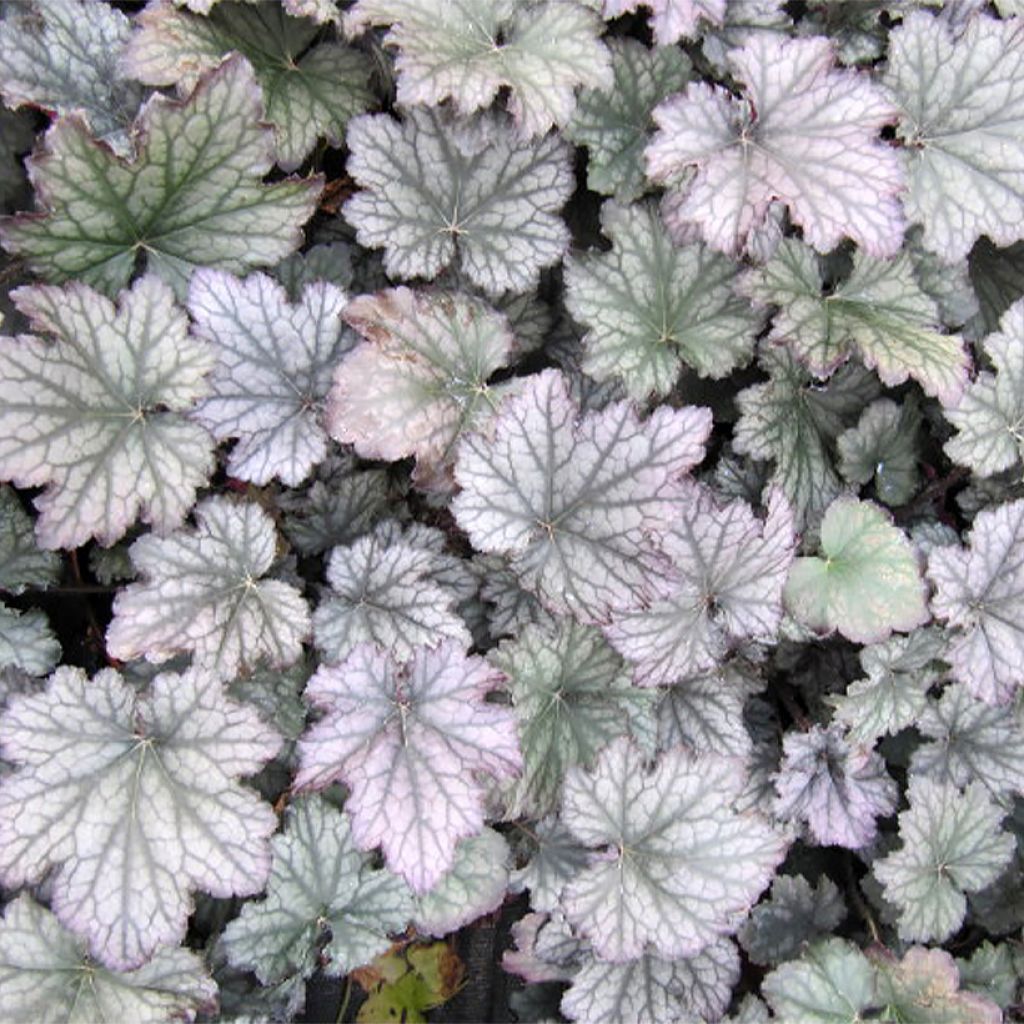

Heuchera hybrida Frosted Violet
Heuchera hybrida Frosted Violet
Heuchera x hybrida Frosted Violet
Coral Bells, Alumroot
The plant I received has absolutely nothing to do with the one shown. It is a dark purplish color... Too bad, I really liked that color.
Claudine, 12/01/2025
Special offer!
Receive a €20 voucher for any order over €90 (excluding delivery costs, credit notes, and plastic-free options)!
1- Add your favorite plants to your cart.
2- Once you have reached €90, confirm your order (you can even choose the delivery date!).
3- As soon as your order is shipped, you will receive an email containing your voucher code, valid for 3 months (90 days).
Your voucher is unique and can only be used once, for any order with a minimum value of €20, excluding delivery costs.
Can be combined with other current offers, non-divisible and non-refundable.
Home or relay delivery (depending on size and destination)
Schedule delivery date,
and select date in basket
This plant carries a 12 months recovery warranty
More information
We guarantee the quality of our plants for a full growing cycle, and will replace at our expense any plant that fails to recover under normal climatic and planting conditions.
Would this plant suit my garden?
Set up your Plantfit profile →
Description
The Heuchera 'Frosted Violet' is a large-sized heuchera, with very dark foliage, intense purple, tinged with burgundy and violet, with a frosted appearance. The plant forms a large rounded clump composed of cut and toothed leaves. In spring, the young foliage is purple-pink, then it becomes silver-purple to violet-prune with dark veins, and this colour intensifies with the cold of autumn. The fuzz that covers the leaves shines in the sun and gives a frosted appearance to the plant. This beautiful variety shows resistance to heat and humidity. It can be grown in all exposures and tolerates dry shade once established.
The Heuchera 'Frosted Violet' is a perennial plant belonging to the Saxifragaceae family. It is a horticultural hybrid, derived from the vigorous and long-lived Heuchera villosa, with an upright and rounded habit, reaching 50 cm (20in) in height (for foliage) and approximately 65 cm (26in) in width in 4 to 5 years. Its evergreen foliage in winter is the major asset of this plant: its very ornamental leaves surprise us with changing shades throughout the year, outlined with veins highlighted by silvery reflections. The flowering, light and airy, takes place in June and July. The flowers in small pink bells are arranged along erect stems, above the foliage. This plant has a shallow root system.
The Heuchera 'Frosted Violet' can be grown on the terrace, balcony, and in the garden. Plant it in the ground at the edge of a bed or in a not too dry rockery. Associate it with blue Hostas, silver Brunneras, golden Hakonechloas, or other rosy-colored Heucheras like 'Georgia Peach' for example. Grasses and ferns will bring a wild and romantic touch. It also makes a good companion for small bushes and bedding roses, when planted at their base. Finally, it makes a unique ground cover. You can plant this Heuchera with blue flowers, forget-me-nots, Corydales, or Lungworts. A good cut flower, the graceful bells of this plant bring a lightness to bouquets.
Report an error about the product description
Heuchera hybrida Frosted Violet in pictures
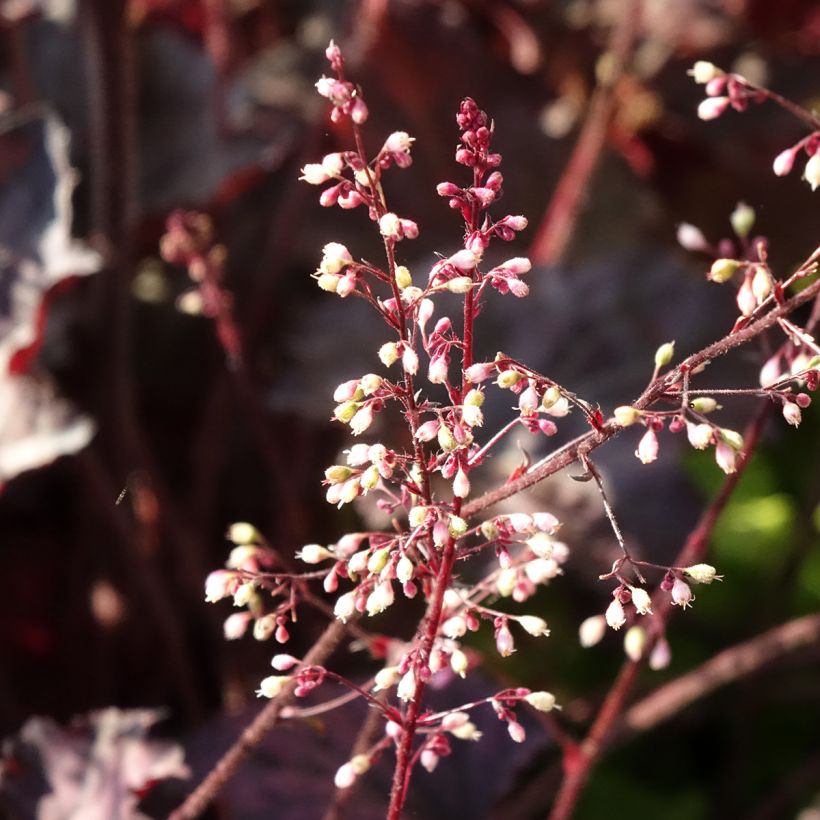

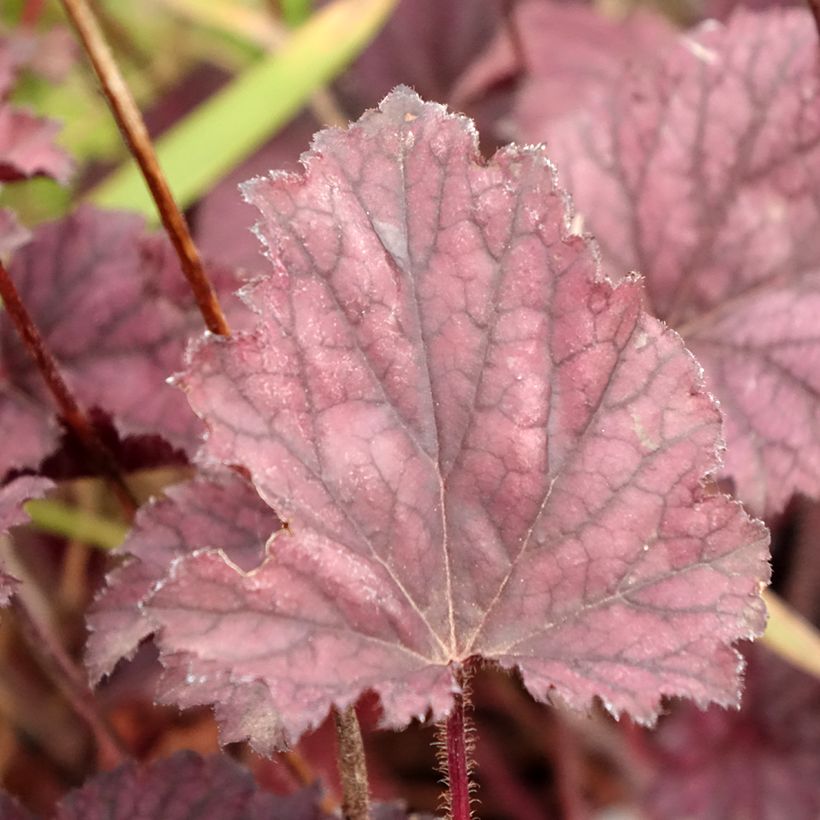

Flowering
Foliage
Plant habit
Botanical data
Heuchera
x hybrida
Frosted Violet
Saxifragaceae
Coral Bells, Alumroot
Cultivar or hybrid
Planting and care
Choose a morning sun or partially shaded exposure for your 'Frosted Violet' heuchera. Prepare a planting hole measuring 20 cm (8in) x 20 cm (8in) x 20 cm (8in). If your soil is heavy, mix in some compost with the crumbled soil, partially fill the hole, and place your seedling (after removing the pot) so that the top of the plant's root ball is covered with 3 cm (1in) of soil. Adding a slow-release fertiliser (dehydrated blood, horn powder) will nourish your plant during its rooting period without risk of burning. Firm the soil and water generously to eliminate air pockets. If the weather is dry, regular watering for a few weeks will help your plant establish. Heucheras renew their foliage in late winter, so we recommend pruning the previous year's leaves in January or February.
Planting period
Intended location
Care
-
, onOrder confirmed
Reply from on Promesse de fleurs
Similar products
Haven't found what you were looking for?
Hardiness is the lowest winter temperature a plant can endure without suffering serious damage or even dying. However, hardiness is affected by location (a sheltered area, such as a patio), protection (winter cover) and soil type (hardiness is improved by well-drained soil).

Photo Sharing Terms & Conditions
In order to encourage gardeners to interact and share their experiences, Promesse de fleurs offers various media enabling content to be uploaded onto its Site - in particular via the ‘Photo sharing’ module.
The User agrees to refrain from:
- Posting any content that is illegal, prejudicial, insulting, racist, inciteful to hatred, revisionist, contrary to public decency, that infringes on privacy or on the privacy rights of third parties, in particular the publicity rights of persons and goods, intellectual property rights, or the right to privacy.
- Submitting content on behalf of a third party;
- Impersonate the identity of a third party and/or publish any personal information about a third party;
In general, the User undertakes to refrain from any unethical behaviour.
All Content (in particular text, comments, files, images, photos, videos, creative works, etc.), which may be subject to property or intellectual property rights, image or other private rights, shall remain the property of the User, subject to the limited rights granted by the terms of the licence granted by Promesse de fleurs as stated below. Users are at liberty to publish or not to publish such Content on the Site, notably via the ‘Photo Sharing’ facility, and accept that this Content shall be made public and freely accessible, notably on the Internet.
Users further acknowledge, undertake to have ,and guarantee that they hold all necessary rights and permissions to publish such material on the Site, in particular with regard to the legislation in force pertaining to any privacy, property, intellectual property, image, or contractual rights, or rights of any other nature. By publishing such Content on the Site, Users acknowledge accepting full liability as publishers of the Content within the meaning of the law, and grant Promesse de fleurs, free of charge, an inclusive, worldwide licence for the said Content for the entire duration of its publication, including all reproduction, representation, up/downloading, displaying, performing, transmission, and storage rights.
Users also grant permission for their name to be linked to the Content and accept that this link may not always be made available.
By engaging in posting material, Users consent to their Content becoming automatically accessible on the Internet, in particular on other sites and/or blogs and/or web pages of the Promesse de fleurs site, including in particular social pages and the Promesse de fleurs catalogue.
Users may secure the removal of entrusted content free of charge by issuing a simple request via our contact form.
The flowering period indicated on our website applies to countries and regions located in USDA zone 8 (France, the United Kingdom, Ireland, the Netherlands, etc.)
It will vary according to where you live:
- In zones 9 to 10 (Italy, Spain, Greece, etc.), flowering will occur about 2 to 4 weeks earlier.
- In zones 6 to 7 (Germany, Poland, Slovenia, and lower mountainous regions), flowering will be delayed by 2 to 3 weeks.
- In zone 5 (Central Europe, Scandinavia), blooming will be delayed by 3 to 5 weeks.
In temperate climates, pruning of spring-flowering shrubs (forsythia, spireas, etc.) should be done just after flowering.
Pruning of summer-flowering shrubs (Indian Lilac, Perovskia, etc.) can be done in winter or spring.
In cold regions as well as with frost-sensitive plants, avoid pruning too early when severe frosts may still occur.
The planting period indicated on our website applies to countries and regions located in USDA zone 8 (France, United Kingdom, Ireland, Netherlands).
It will vary according to where you live:
- In Mediterranean zones (Marseille, Madrid, Milan, etc.), autumn and winter are the best planting periods.
- In continental zones (Strasbourg, Munich, Vienna, etc.), delay planting by 2 to 3 weeks in spring and bring it forward by 2 to 4 weeks in autumn.
- In mountainous regions (the Alps, Pyrenees, Carpathians, etc.), it is best to plant in late spring (May-June) or late summer (August-September).
The harvesting period indicated on our website applies to countries and regions in USDA zone 8 (France, England, Ireland, the Netherlands).
In colder areas (Scandinavia, Poland, Austria...) fruit and vegetable harvests are likely to be delayed by 3-4 weeks.
In warmer areas (Italy, Spain, Greece, etc.), harvesting will probably take place earlier, depending on weather conditions.
The sowing periods indicated on our website apply to countries and regions within USDA Zone 8 (France, UK, Ireland, Netherlands).
In colder areas (Scandinavia, Poland, Austria...), delay any outdoor sowing by 3-4 weeks, or sow under glass.
In warmer climes (Italy, Spain, Greece, etc.), bring outdoor sowing forward by a few weeks.


































